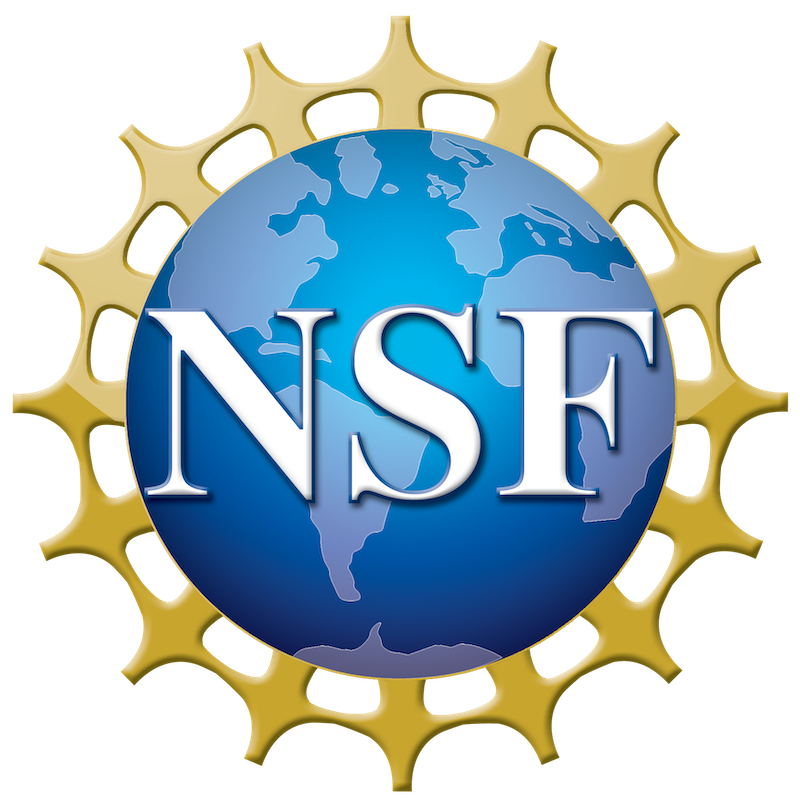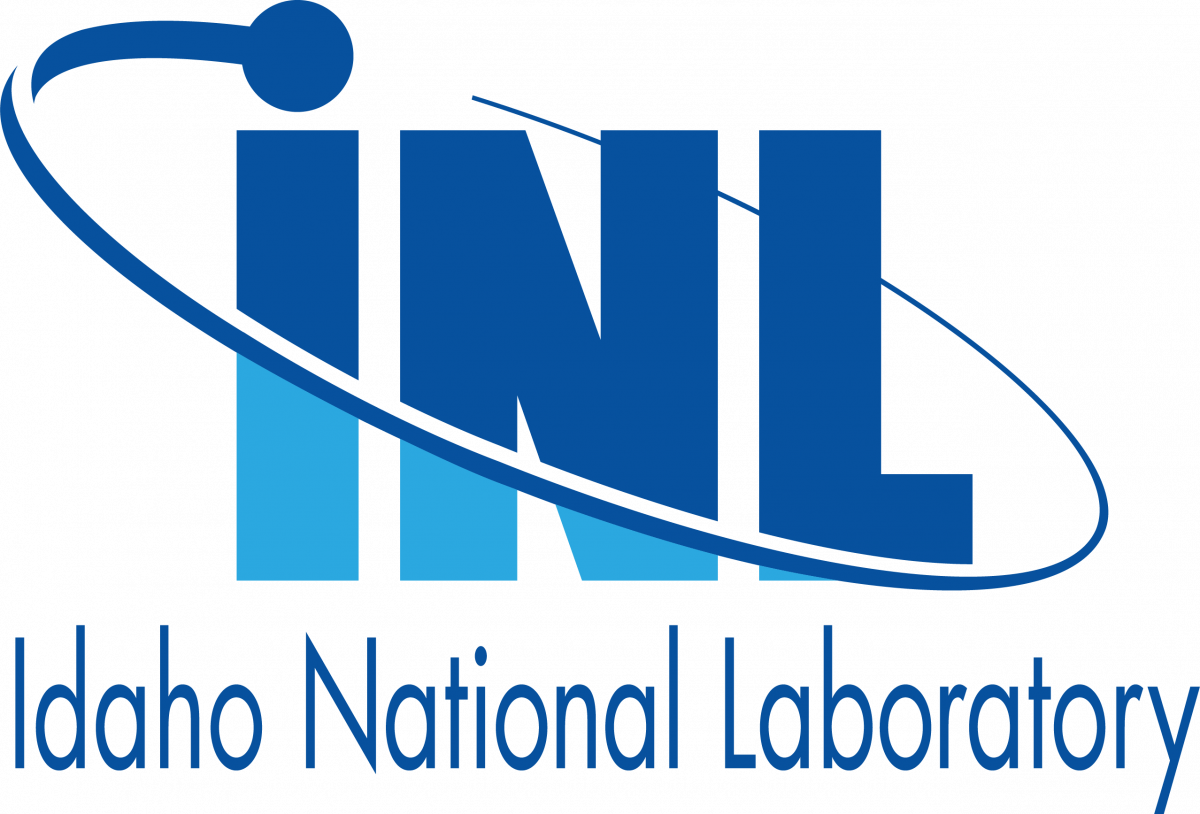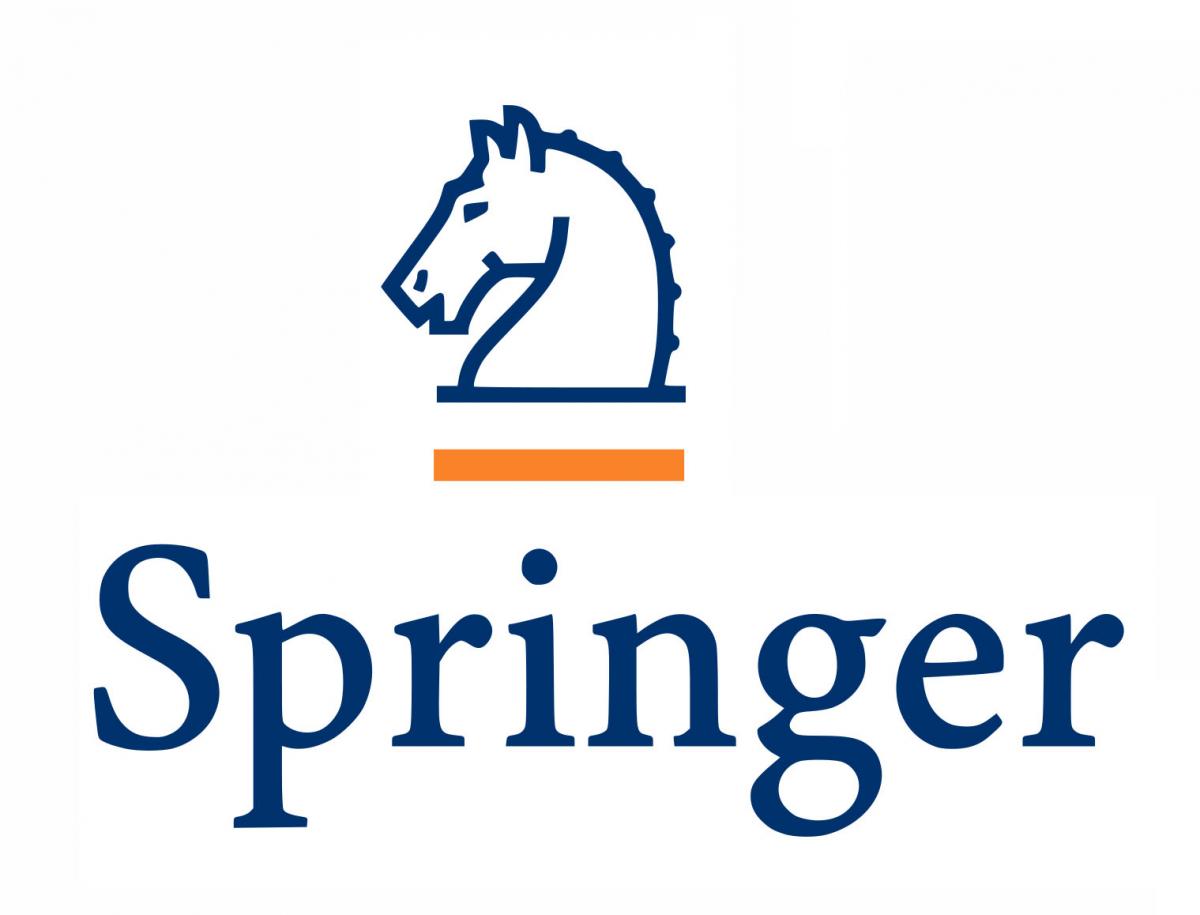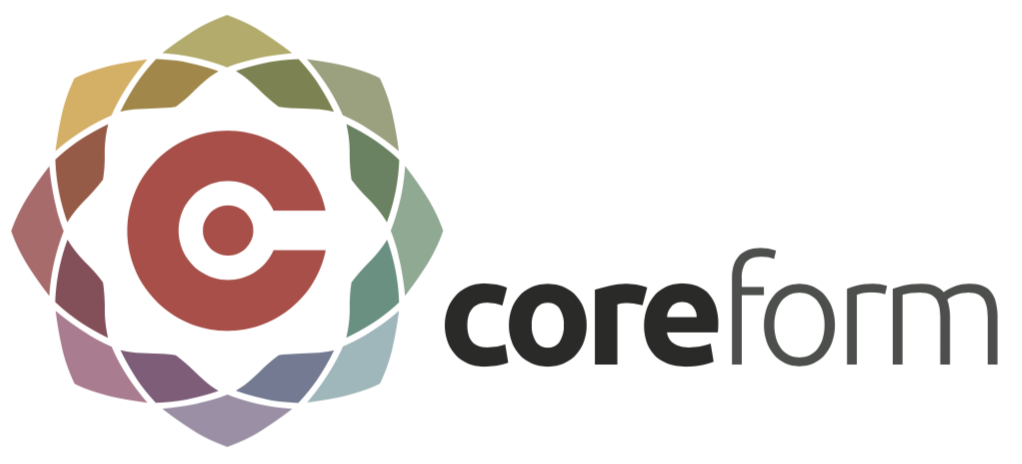This short course will present the mathematical formulation and the associated numerical implementation of the phase-field approach to fracture. In a nutshell, the phase-field approach to fracture is the culmination of combined efforts (started at the end of the 1990s) by the mathematics and computational mechanics communities aimed at describing when and how fracture nucleates and propagates in solids under arbitrary mechanical loads in a computationally tractable manner. These efforts comprise three pivotal ideas: (i) the casting of the phenomenon of fracture propagation as a variational problem [1], (ii) its regularization into second-order PDEs [2], and (iii) the generalization of these PDEs to account for fracture nucleation at large [3-5]. The latter two ideas constitute the phase-field approach to fracture.
Specifically, the course will focus on the phase-field approach to fracture in elastic brittle materials like glass, ceramics, and elastomers. In such materials, the energy is dissipated only through the creation of new surfaces and is proportional to the amount of surface area created. Fracture toughness is the proportionality constant and constitutes one of the three material inputs in the theory. The second material input is the stored-energy function describing the elasticity of the material. The third material input is the strength surface.
The course will include a detailed introduction to the three pivotal ideas listed above, and the constitutive choices that are made to develop a general phase-field model. The casting of the model in a finite element formulation will be discussed, and a live demonstration in Python (using FEniCS library [6]) will be given to solve representative boundary-value problems involving fracture nucleation and propagation in both linear elastic and hyperelastic materials. The course material will include lecture notes on the fundamentals of the method in addition to the set of Python codes that will be used for the live demonstration. Helpful references are listed below.
References:
- Francfort GA, Marigo JJ (1998) J Mech Phys Solids 46:1319–1342.
- Bourdin B, Francfort GA, Marigo JJ (2000) J Mech Phys Solids 48:797–826.
- Kumar A, Francfort GA, Lopez-Pamies O (2018) J Mech Phys Solids 112:523-551.
- Kumar A, Bourdin B, Francfort GA, Lopez-Pamies O (2020) J Mech Phys Solids 142:104027.
- Kumar A, Ravi-Chandar K, Lopez-Pamies O (2022) Int J Fract. 237, 83–100.
- FEniCS computing platform, https://fenicsproject.org/.
Syllabus:
Hours 1-3: The Theory
-
Griffith idea for fracture
-
Fracture propagation as a variational problem
-
Regularization of Griffith-type surface energy and introduction to phase-field
-
Euler-Lagrange equations of the variational problem
-
Ingredients for describing fracture nucleation at large
-
Concept of strength surface
-
Generalizing the Euler-Lagrange equations of the variational problem to account for the strength surface
Hours 4-6: The Numerical Implementation
-
Weak form and finite element formulation of the PDEs
-
Staggered formulation for solving coupled PDEs
-
Choice of regularization length scale
-
Calibration of toughness and strength parameters
-
Representative boundary-value problems:
-
Surfing problem for fracture propagation
-
Indentation problem with a cylindrical indenter
-
Nucleation from a V-notch
-
Mixed-mode propagation in a compact tension test
-
Nucleation and propagation in an elastomeric poker-chip specimen
-











